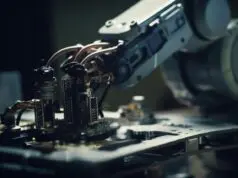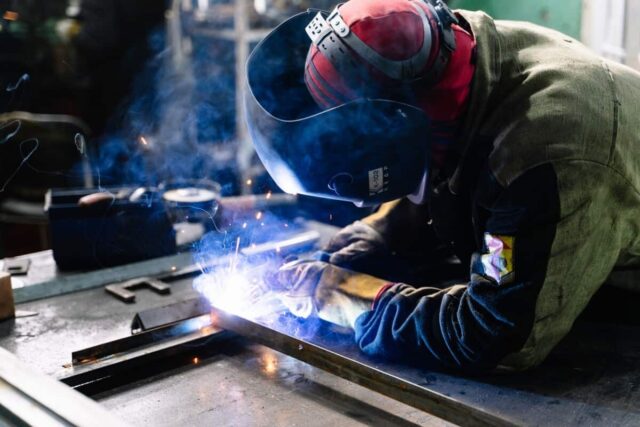
One of the well-known ways of welding, that is, ways of joining metals – is so-called arc welding. This procedure is performed by melting the so-called coated electrode and the basic metal – through which a connection will be established. That way, the desired metal parts will be joined. However, there are some arc welding procedures that are somewhat different. The difference is usually in the type of electrodes we are using for this purpose. So what electrodes should we use in arc welding? Here are some of the answers.
What Is Arc Welding And How Does It Work?
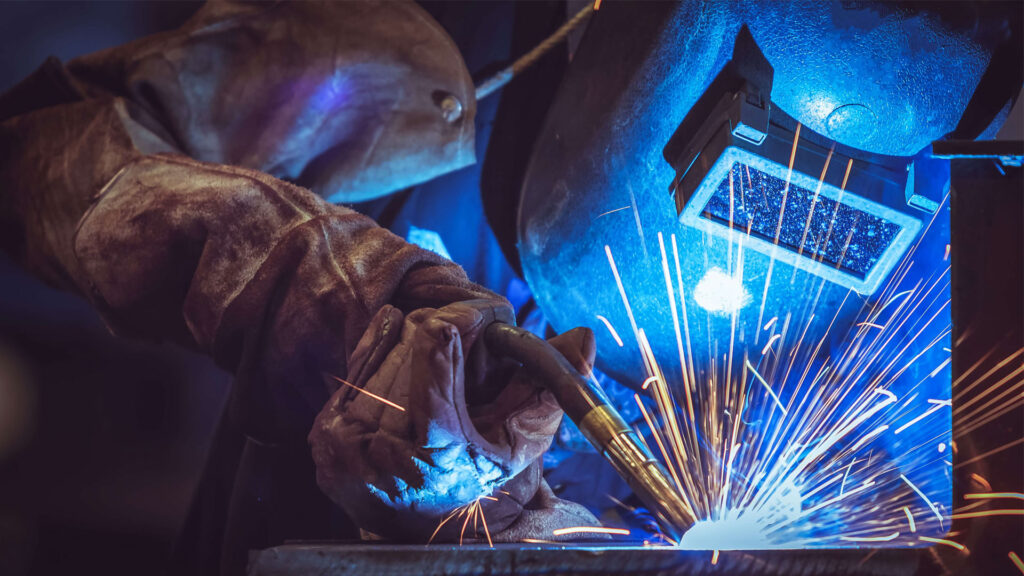
This is a process in which we use electricity as a source of power to heat certain metal parts that we want to connect. In practice, we can make a difference between the arc and electric-resistance welding. Arc welding belongs to the group of fusion weldings. The heat required to melt the base and auxiliary material is generated by an electric arc – generated between the auxiliary material, that is, the electrodes and the material we want to weld. A very high temperature is created in the zone of the electric arc – so the edges of the base material melt, as well as the additional material that fills the whole. That way, after cooling a welded joint is obtained.
Electrode Welding
Electrode welding is one of the most practical techniques for joining alloys and joints, but it is also the least effective. The process includes consumable electrodes that can be worked with both indoors and outdoors – and the welding process itself is quite simple. The weld is not protected by gas. Instead, the weld is protected by the electrode coating. This layer must be removed after the welding process is completed. Since it does not require shielding gas, electrode welding is a cheap way of welding and also a very popular one. It is also practical because the welder can easily switch from welding one type of material to another – just by changing the type of electrode.
The Electrodes We Can Use
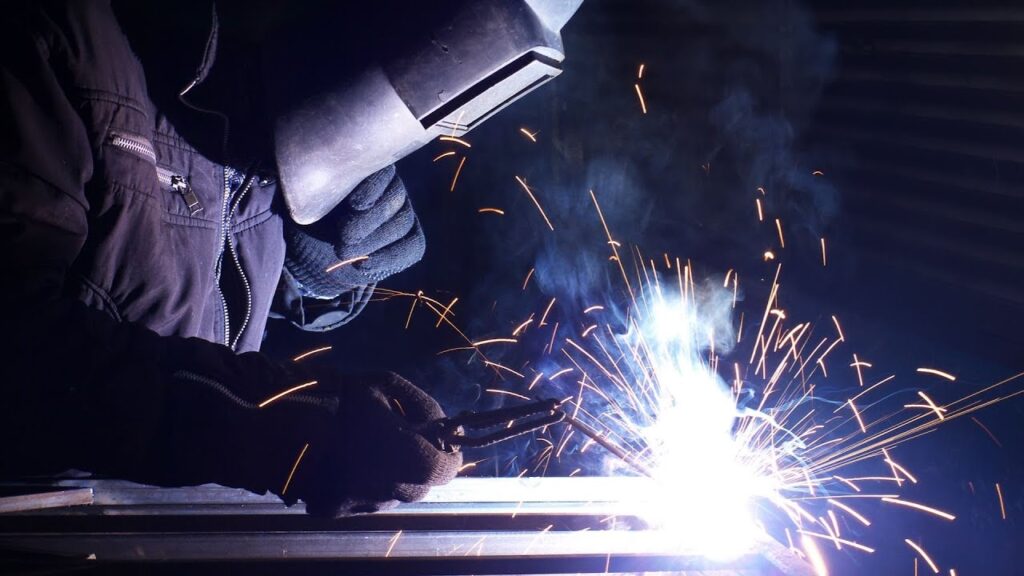
The electrodes are considered to be conductors of electric current – which at the same time serves as additional material in arc welding. Today, in practice, we usually use bare or coated metal electrodes.
Depending on the type of electrode used and the method of protecting the weld from oxidation, arc welding can be:
- Carbon electrode welding
- Metal electrode welding
- Welding under shielding gas
- Welding under dust protection
Welding Electrodes
Welding electrodes can best be described as coated metal rods. This coating stabilizes the electric arc and prevents oxidation of the weld. According to welding.com.au, If you want to get the right weld – you have to choose an electrode of the appropriate thickness.
The Thickness Of The Electrodes
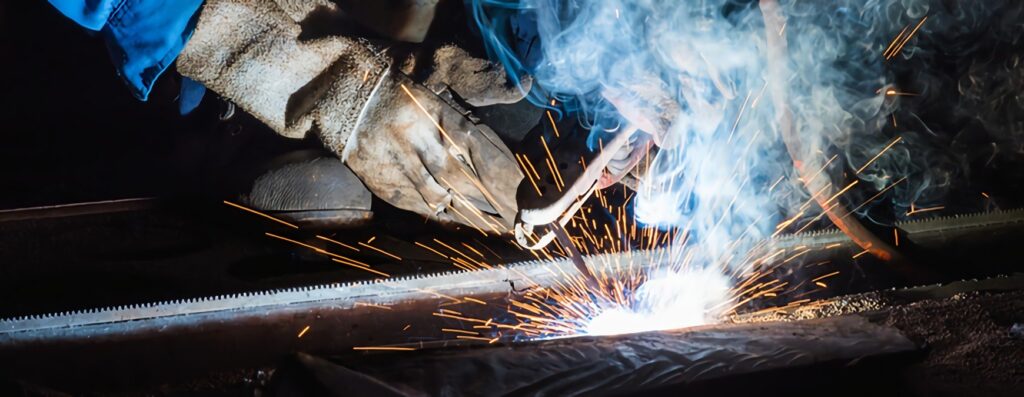
The thickness of the electrode depends on two things:
- current strength
- the wall thickness of the material
Fortunately, choosing the right diameter electrode is not that difficult. On most welding machines, you will find a table or markings of which electrode thickness you need to use – depending on the current. It is not difficult to satisfy the second condition as well. Just measure the wall thickness of the material you intend to weld. The diameter of the electrode in this case should be equal – or slightly smaller than the material. In case you set the correct electrode thickness paired with a certain current strength, but the electrode still sticks to the metal – you will have to minimally amplify the current and try again. If lumps form around the weld – it means that the current is too strong, and you will have to reduce it. In the end, it’s all a matter of practice.
Types Of Coated Electrodes
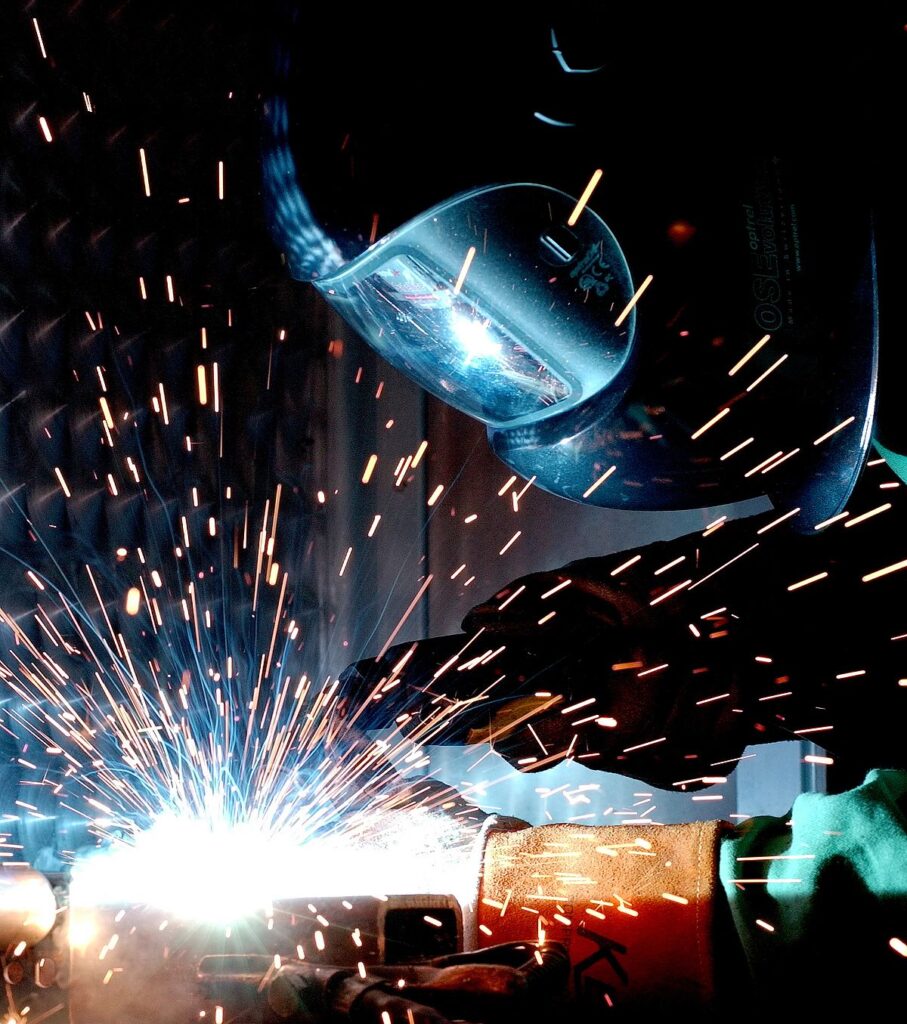
One of the main parameters of welding electrodes is their coating, that is, its composition.
Electrodes with rutile coating
These electrodes include mixed coated conductors based on rutile. These are the most popular electrodes and are easy to ignite. Used with AC and DC in any position.
With primer
It is typically used for DC welding. They provide a flexible seam, but are difficult to ignite and are very sensitive to moisture.
Sour coated
As with rutile-coated products, they are used for converters, but in this case, the work must be done in a well-ventilated area.
Manual arc welding involves the use of a welding transducer. The components for this appliance must be dry and not damaged. They are selected for the type of converter – concerning the technical characteristics of this device. The weight of one electrode for each brand is different – depending on the materials used.
Different Types Of Arc Welding
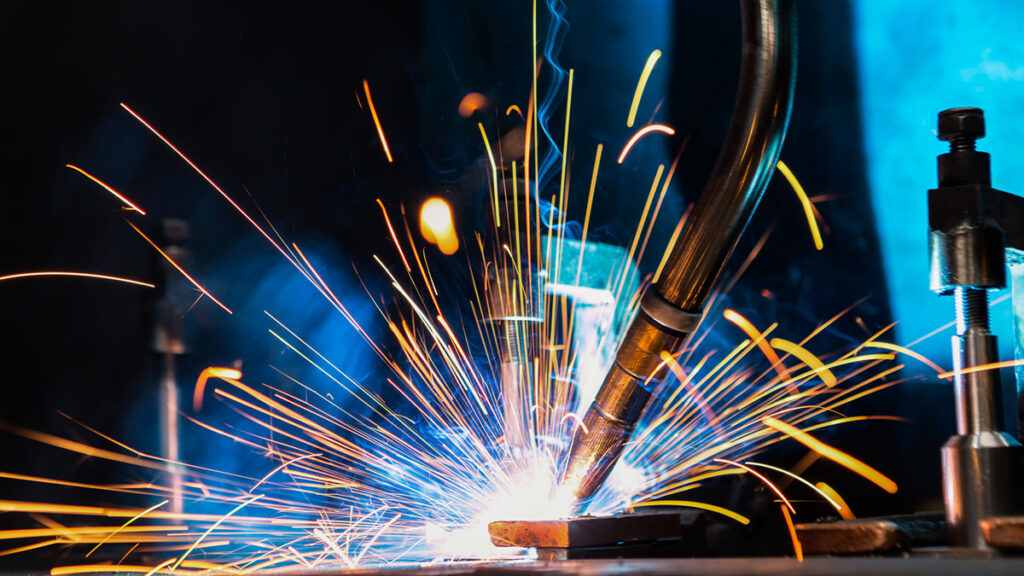
Arc welding as a process has a wide range of applications. For example, it is used in production welding, surfacing, and repair welding of most metallic materials. However, due to its economy, it is used to perform shorter welds – usually not thicker than 20 mm of butt welds – and shorter angular joints of smaller thickness. In addition to the manual electrode arc welding process – there are several manual fusion wire arc welding processes. For example, manual arc welding with fusible wire under a protective powder. Also, a manual arc welding with fusible wire inactive gas shielding or manual TIG welding, etc.
Pros And Cons of Electrode Welding
Manual arc welding with a coated electrode has until recently been used more than all other procedures combined. It was due to the simple handling and relatively low cost of the device – as well as the quality of the weld. Its wide application is also contributed by the fact that the restrictions regarding the shape of the object, the type of material, as well as the welding positions – are smaller than all other welding procedures. On the other hand, due to some shortcomings of the procedure – in recent times, other arc procedures are increasingly used instead. The main disadvantage is low productivity due to frequent electrode replacement. Also, we have complicated and long-lasting training of welders, flashing light – and harmful gases caused by combustion.

